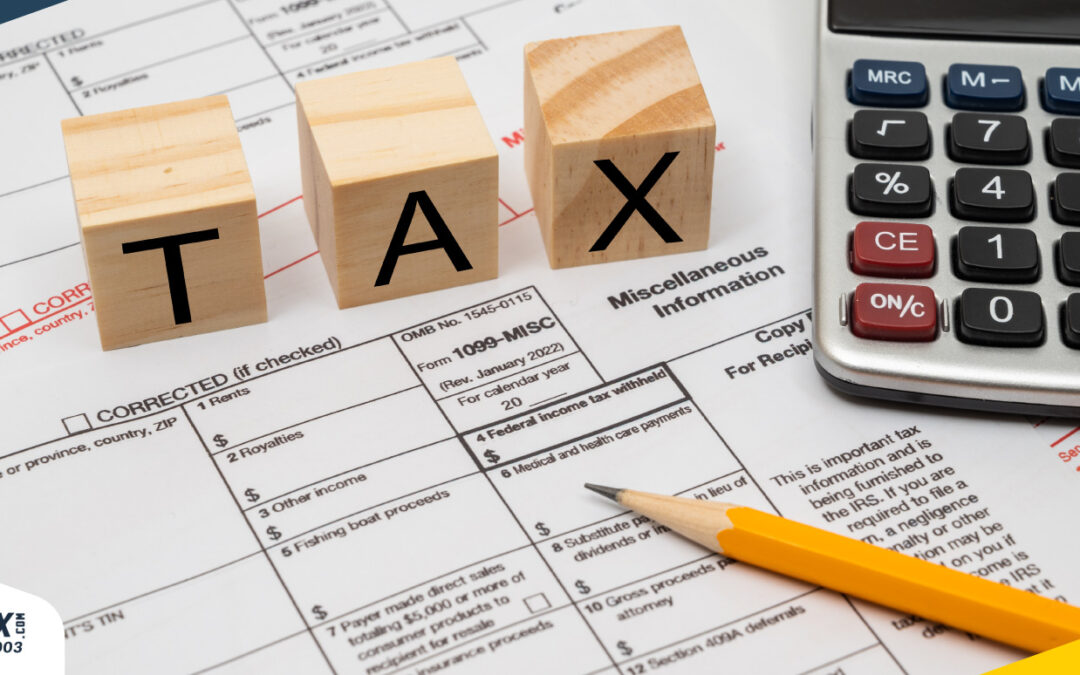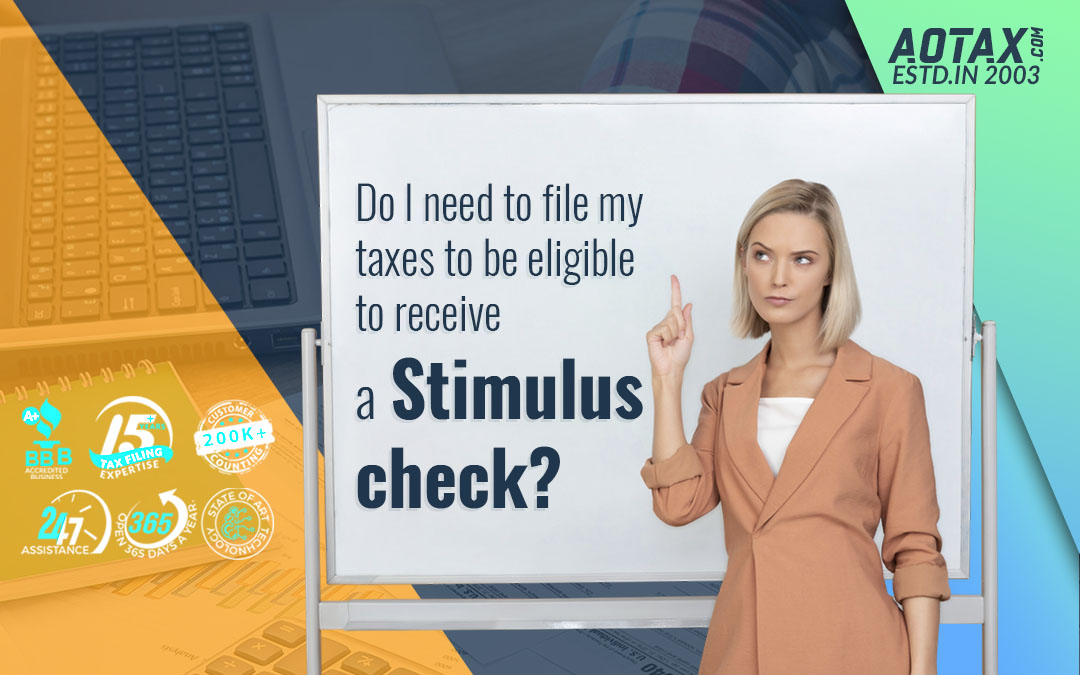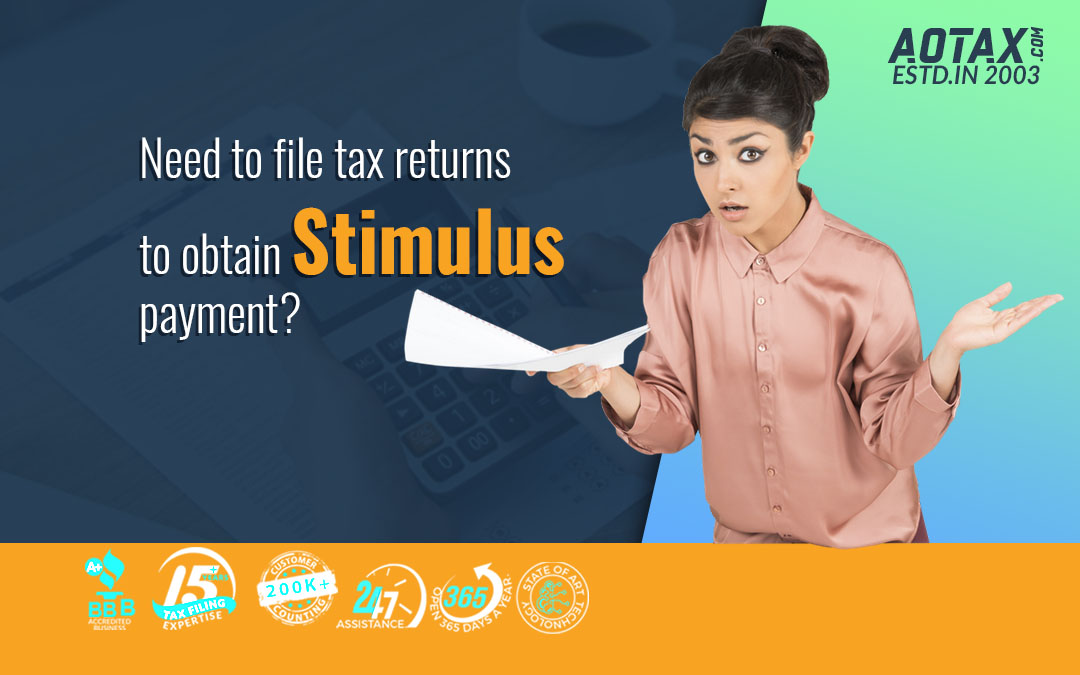
The A-Z of How to Fill Out a 1099 Form
Small businesses have enjoyed consistent growth in the US in the last few years. There were 32.5 million such enterprises in 2021, up 2.5% over 2020. And a 9.8% increase in the previous four years.
These small enterprises are job providers for freelancers and independent contractors. According to statistics, approximately 70% of such businesses hire freelancers.
The IRS (Internal Revenue Services) requires these entrepreneurs and freelancers to fill out the 1099 form. And refusing to comply with this has repercussions. So, if you are an Indian freelancer or a small business owner in the US, we will tell you how to fill out a 1099 form.
What is a 1099 Form?

A 1099 form is used to report a freelancer or independent contractor’s non-employment income of $600 or more. It includes revenue from stock dividends, interest on deposits, property sales, cash prizes, royalties, and other sources.
The IRS receives this form straight from the payer. Therefore, the taxpayer doesn’t need to file it in their income tax return (ITR). They are, nevertheless, required to inform the IRS about these transactions.
Who is included under the 1099 category?
With nearly 59 million freelancers, the USA is regarded as the largest freelancer market in the world. And out of this figure, 36 million do it on a full-time basis.
Every year freelancers contribute $1trillion to the US economy. As a result, their earnings must be reported on the 1099 form. In addition, businesses that hire their services must also file the 1099 form with the IRS.
They do not need to fill out this form if they hired freelancers or contract workers through a third party like Fiverr, Upwork, or Freelancer.com.
Types of 1099 form
A non-salary income has varied forms – like consulting fees, dividends, interest, retirement payouts, tax refunds, and so on. And the 1099 form has a different category for each of these. We will show you how to fill out the 1099 form for payments made or received:
1) 1099 NEC – A company that paid $600 or more to an independent contractor or freelancer for work in the last fiscal year must fill out this form. Similarly, if they paid $600 or more to an attorney, they are subject to 1099 NEC.
2) 1099-DIV – If a person receives dividend income from their stocks, they will receive a 1099 DIV. The company will send them this form.
3) 1099 – INT – Individuals who earned $10 or more in interest in the preceding year will receive this form from banks and brokerage firms.
4) 1099 G – People who receive federal, state, or local government tax returns or unemployment benefits also receive 1099-G.
Recommended: All about Unemployment Income Reports – AOTAX.COM
5) 1099-R – This form is also issued to those receiving money through a retirement or pension plan or individual retirement account (IRA). In addition, certain annuities and insurance contracts also fall in this category, though they may or may not be taxable.
6) 1099-S – This form is used to report the sale of land, which might be residential, commercial, or industrial.
7) 1099 MISC – This category includes money received as cash, reward, award, royalties that were not earned through employment.
How to Fill Out a 1099 Form?

The 1099 form has two copies – A & B. When a business owner hires a freelancer, they must fill in copy A and send it to the IRS. And send copy B to the freelancer. Both the copies should be sent to the IRS before January 31.
Employers can submit physically or electronically. If they do it physically, they must also submit the 1096 form. They have to do it on the IRS Filing a Return Electronically (FIRE) system for online submission.
Moreover, unless the freelancer is a non-resident or resident alien, the form should include the following information – legal name, residence, the total amount paid in the previous year, and social security number.
The contractor should also consent the business owner to receive 1099 by email or paper copy.
Deadline
The IRS requires the taxpayers to report their 1099 income by January 31 of each year. The businesses must file by the end of February. Whether a taxpayer has received their 1099 or not, they must report such income to the IRS.
Notify about your changed address
If you are a freelancer and have changed your address, ensure that you receive everything the IRS sends. Hence, inform your payers (employer) about the address change.
Correction of errors
If freelancers receive 1099 from their payers with any errors or discrepancies, they should contact the latter to correct it before January 31. If the payer fails to rectify the errors, the freelancer should inform the IRS about it in the tax return form.
Penalties
If a freelancer/independent contractor fails to file/report their 1099 on time, they will be subject to the following penalties:
1) A delay of 30 days after the due date costs $50.
2) A delay of 30 days or more till August 1 costs $100.
3) If submitted on or after August 1, the fees will be $260.
4) If you fail to file it, you must pay a minimum of $530.
Being a law-abiding US citizen and the taxpayer is good for you. And if you follow the above instructions, you can easily fill out or report your 1099 forms. It will also keep you out of trouble with the IRS.
Recommended: Expert Tips on How to Save BIG on Income Tax Filing – AOTAX.COM
If you have trouble filling your taxes, contact AOTAX to help you do so. With us, filing your tax returns will be a breeze, thanks to their staff of expert tax planners and skilled advisors. For any more information, visit us on Home – AOTAX.





Recent Comments